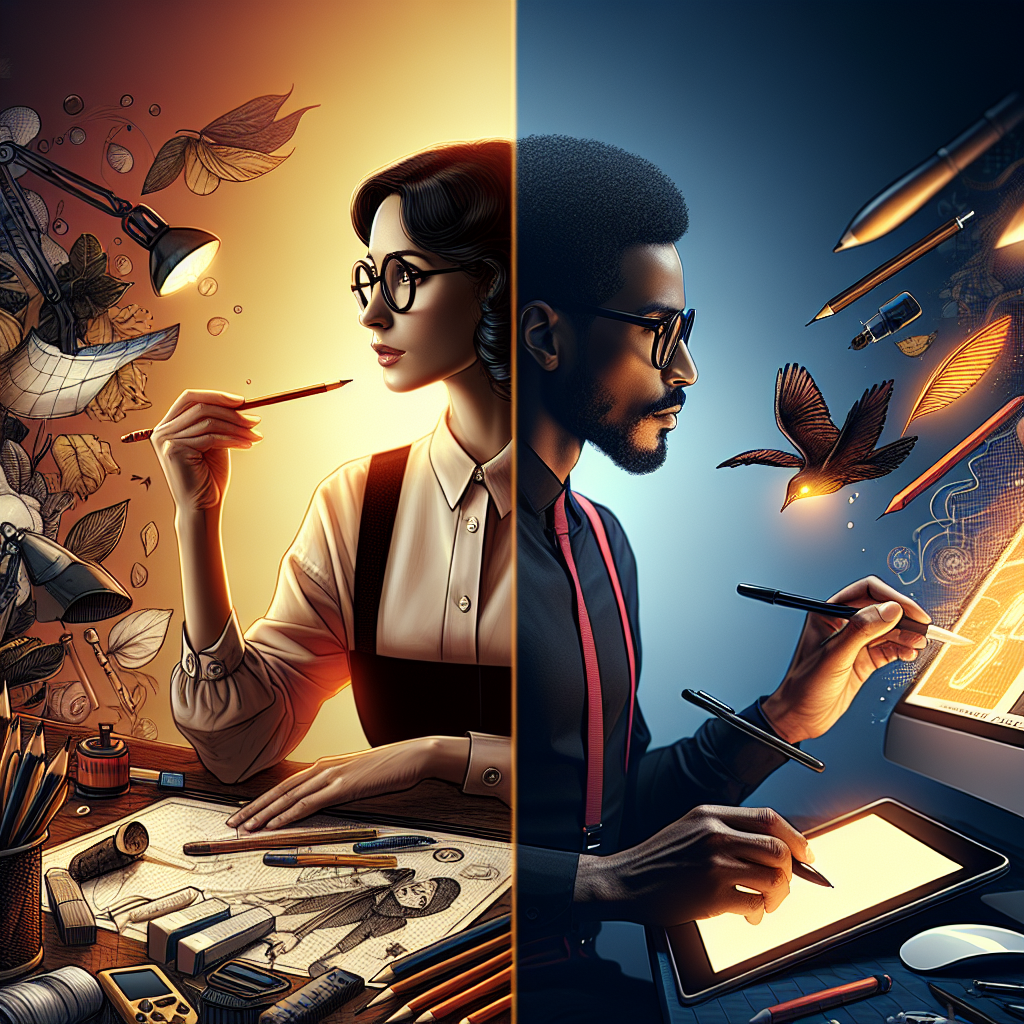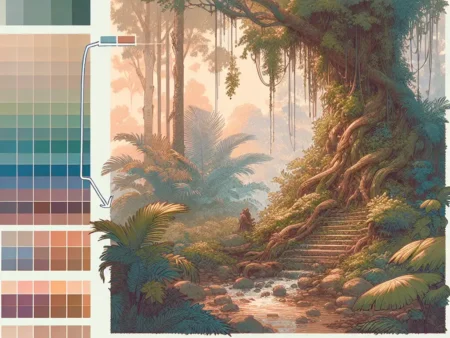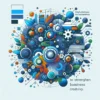Transformasi Digital: Mengubah Proses Desain Grafis Tradisional menjadi lebih efisien dan inovatif.
Transformasi Digital: Mengubah Proses Desain Grafis Tradisional
-
Table of Contents
Introduction

Digital transformation has revolutionized various industries, and the graphic design field is no exception. In Indonesia, the traditional graphic design process has undergone a significant transformation due to the advent of digital tools and technologies. This article explores the impact of digital transformation on traditional graphic design processes in Indonesia, highlighting the benefits, challenges, and future prospects.
The Traditional Graphic Design Process
Before delving into the digital transformation of graphic design in Indonesia, it is essential to understand the traditional process. Traditional graphic design involves manual techniques such as sketching, painting, and hand-lettering. Designers would spend hours perfecting their creations using physical tools like pencils, brushes, and markers. This process required immense skill, precision, and patience.
The Role of Technology in Digital Transformation
The emergence of digital tools and technologies has revolutionized the graphic design industry worldwide. In Indonesia, the adoption of digital tools has significantly transformed the traditional graphic design process. Designers now have access to a wide range of software applications, such as Adobe Photoshop, Illustrator, and InDesign, which enable them to create and manipulate digital designs with ease.
Benefits of Digital Transformation in Graphic Design
Digital transformation has brought numerous benefits to the graphic design industry in Indonesia. Firstly, it has increased efficiency and productivity. With digital tools, designers can create, edit, and revise designs much faster than before. This allows for quicker turnaround times and increased client satisfaction.
Secondly, digital transformation has expanded the creative possibilities for designers. They can experiment with various effects, colors, and styles without the limitations of physical tools. This has led to more innovative and visually stunning designs in Indonesia’s graphic design landscape.
Furthermore, digital transformation has facilitated collaboration and communication among designers, clients, and other stakeholders. Design files can be easily shared and reviewed online, eliminating the need for physical meetings and reducing geographical barriers. This has resulted in more streamlined workflows and improved project management.
Challenges of Digital Transformation in Graphic Design
While digital transformation has brought significant benefits, it has also presented challenges for graphic designers in Indonesia. One of the main challenges is the need for continuous learning and upskilling. As technology evolves rapidly, designers must stay updated with the latest software and tools to remain competitive in the industry. This requires a commitment to lifelong learning and adaptability.
Another challenge is the potential loss of the tactile experience. Traditional graphic design involved physical interaction with tools and materials, which provided a unique sensory experience. With digital tools, designers may miss the tactile feedback and connection with their creations. However, advancements in technology, such as pressure-sensitive tablets and styluses, aim to bridge this gap and provide a more immersive digital experience.
The Future of Digital Transformation in Graphic Design
The digital transformation of graphic design in Indonesia is an ongoing process with a promising future. As technology continues to advance, designers can expect more sophisticated software applications and tools that enhance their creative capabilities. Artificial intelligence and machine learning are also expected to play a significant role in automating repetitive tasks and assisting designers in generating ideas.
Furthermore, the integration of virtual reality (VR) and augmented reality (AR) into the graphic design process holds immense potential. Designers can create immersive experiences and visualize their designs in real-world contexts, allowing for more accurate client presentations and feedback.
Conclusion
Digital transformation has revolutionized the traditional graphic design process in Indonesia. The adoption of digital tools and technologies has brought numerous benefits, including increased efficiency, expanded creative possibilities, and improved collaboration. However, it also presents challenges such as the need for continuous learning and the potential loss of the tactile experience. The future of digital transformation in graphic design looks promising, with advancements in technology and the integration of VR and AR. As the industry continues to evolve, graphic designers in Indonesia must embrace digital transformation to stay relevant and thrive in the digital age.







